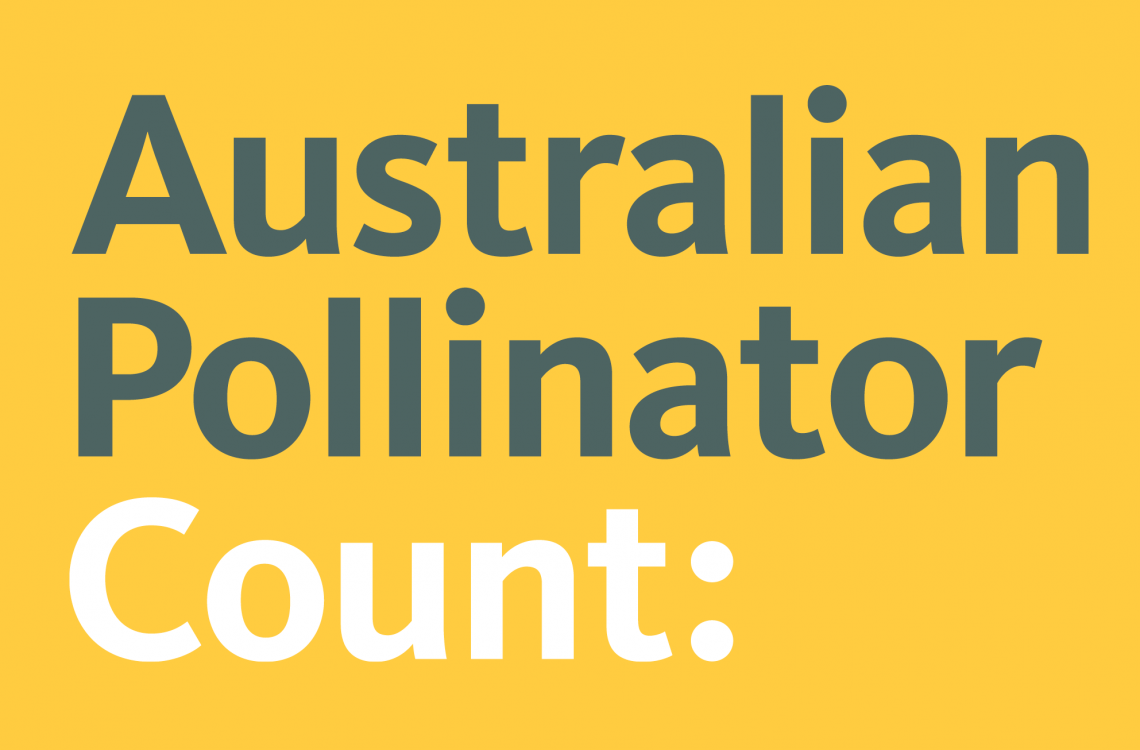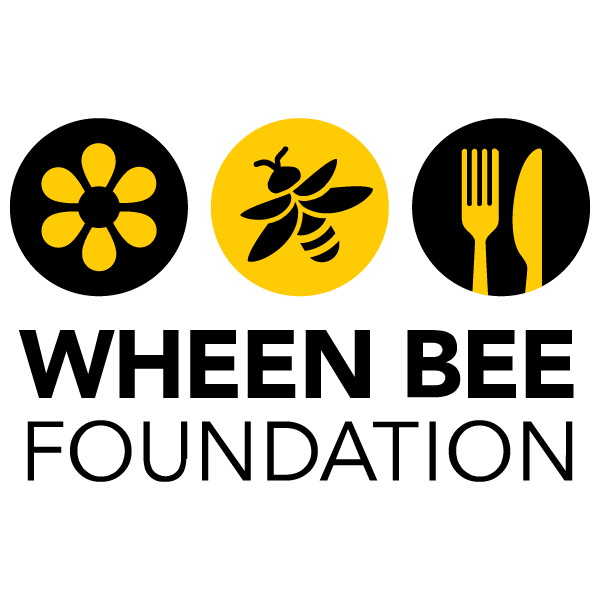News & Media

It’s census time for Australian pollinators, but they need your help
- November 10, 2022
- | News & Media
The inaugural Australian Pollinator Count will be held during Australian Pollinator Week this month, and community members across the country are being encouraged to take part.
The Australian Pollinator Count is being launched with funding from Wheen Bee Foundation, and is supported by Count partners Earthwatch Australia, Australian Native Bee Association and Bees Business.
Wheen Bee Foundation CEO Fiona Chambers says the Count is an important research project that requires the power of citizen scientists from all parts of Australia.
“More than three-quarters of the world’s food crops rely, to some extent, on insect pollination for yield or quality, and more than 95 per cent of plant species need animal pollinators to help them reproduce. Yet there is very little information available about the vast majority of natural pollinators,” Ms Chambers says.
“We need a country-wide review of the state of pollinators, and to do this we need everyone to take part.”
The Australian Pollinator Count is a long-term project to monitor the status and trends of pollinator populations. This includes more than 2,000 species of bees, along with thousands of species of flies, butterflies, moths, wasps, beetles and other insects.
“We need more information about these populations so we can make informed decisions to ensure their wellbeing and safeguard biodiversity and ecosystem health,” Ms Chambers says.
Ms Chambers says the Australian Pollinator Count is central to the Foundation’s core purpose, to fund research and development activities that address the national and global threat to bees and other insect pollinators.
“The Wheen Bee Foundation saw it as an opportunity to engage citizens in this important area of research,” she says. “It’s also a great example of how the Foundation can bring key organisations together for the good of bees and other pollinators.
“Earthwatch Australia has strong experience in managing successful citizen science projects around the world, and we are really pleased they are partnering with us on this important research.”
Earthwatch Australia Chief Scientist Dr Scott Wilson said this is a critical point in time where pollinators are in decline around the world.
“Here in Australia in particular, there is minimal information on this decline,” Dr Wilson says. “The Australian Pollinator Count is an important step in helping to understand the status of our local pollinators. I encourage everyone to get involved and embrace the collective power of citizen science.”
The Australian Pollinator Count will take place from 12-20 November and is being conducted in line with the Australian Citizen Science Association’s best practice principles.
Taking part is quick and easy. There’s a simple Pollinator Count Guide to help with identifying the different types of insects you might find in your garden, local park or on a farm. Anyone taking part in the Count needs to review the guide and take a quick quiz to ensure the data collected is valid for scientific research.
Then you simply need to observe a flower or bush for 10 minutes, record the pollinators you see and register your results online.
For more information visit www.australianpollinatorcount.au

Share this post
The Latest Buzz newsletter
View our past newsletters and subscribe below.
Subscribe
Subscribe to our newsletter to keep informed about our important work. We’ll also keep you up-to-date with all the latest news, industry information and events.



